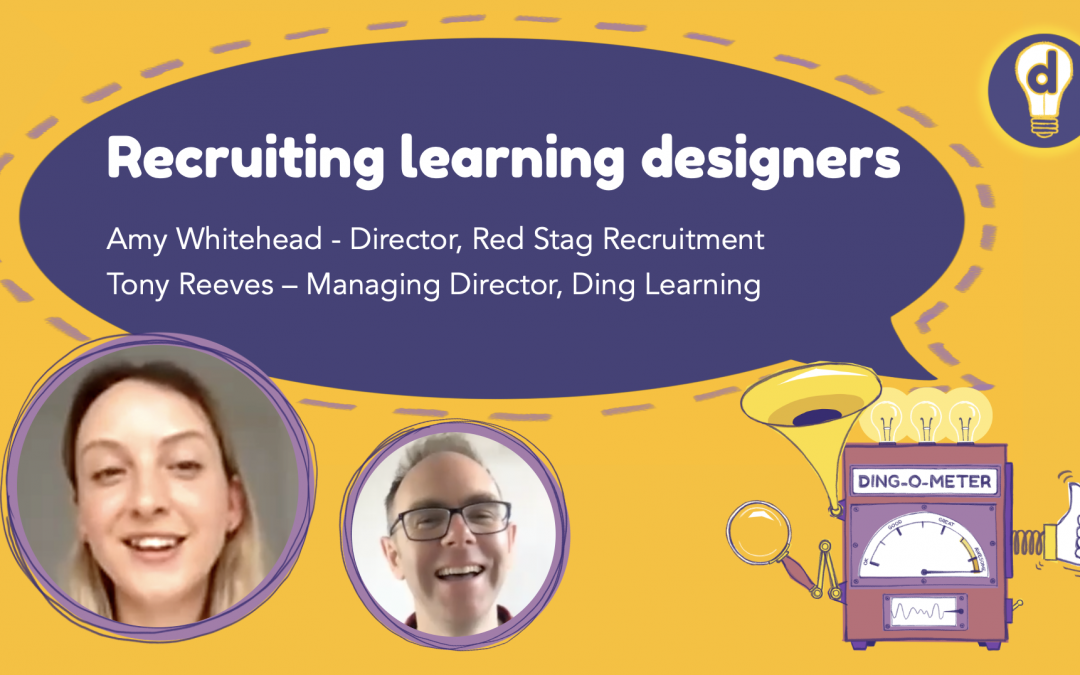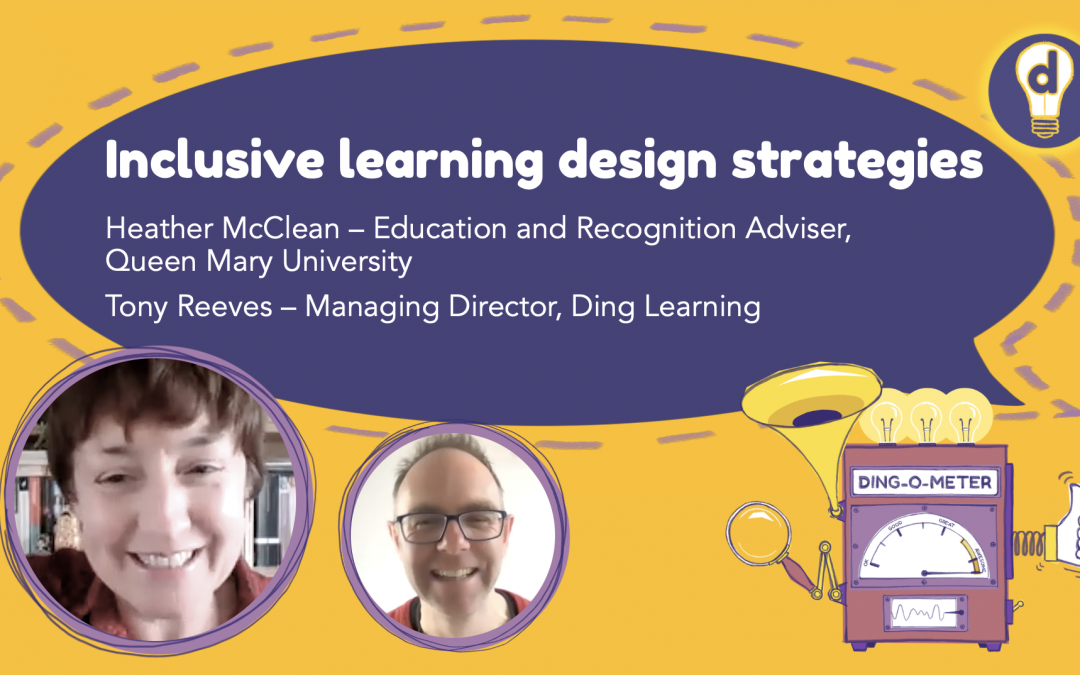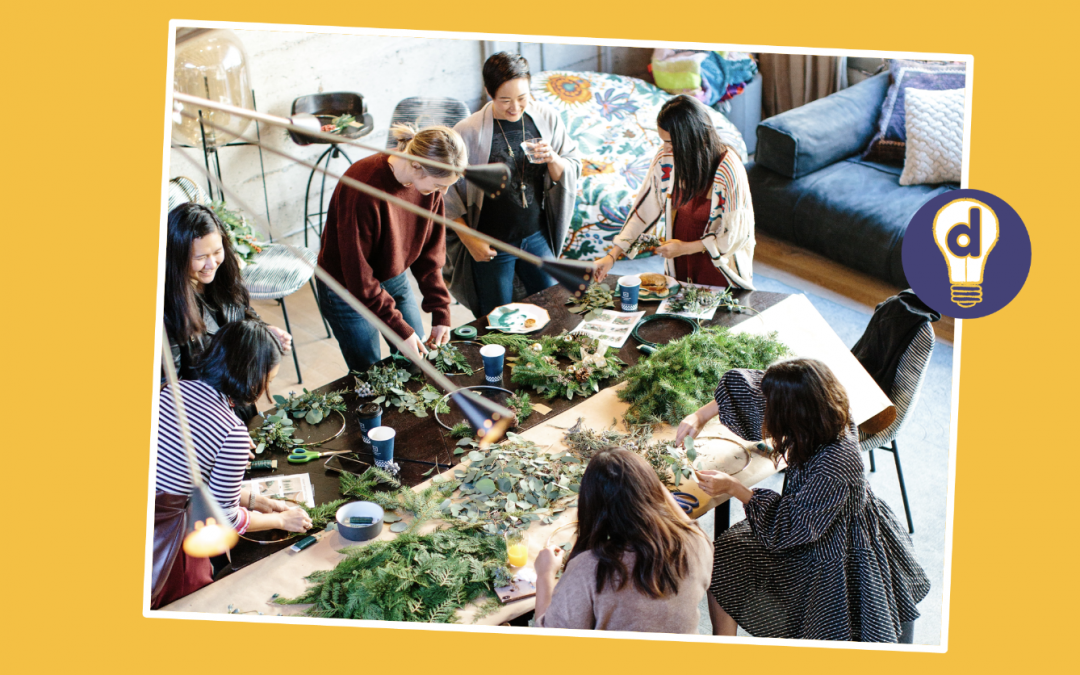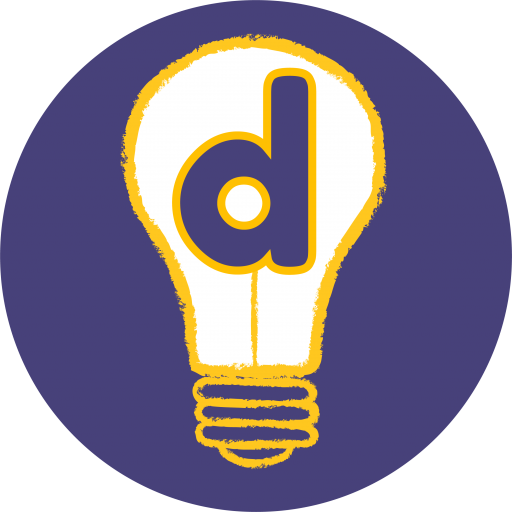
by admin_tony | Jun 12, 2023 | community, The Ding-O-Meter Podcast
In this episode of the Ding-O-Meter, our guest is Amy Whitehead – Director of Red Stag Recruitment. Amy is a learning design recruitment specialist, which means she helps businesses find quality learning designers for learning design jobs and roles. She works...

by admin_tony | Jun 7, 2023 | inclusivity, The Ding-O-Meter Podcast
In this episode of the Ding-O-Meter, we’re joined by Heather Maclean. Heather is an Education and Recognition adviser at Queen Mary university, London, an all round teaching and learning superstar. Heather is a specialist in Inclusive learning design...

by admin_tony | Apr 28, 2023 | curriculum, inclusivity
Have you ever tried to remember a shopping list? Then you will have experienced cognitive load. If you can remember three or four items, that’s not bad. Maybe you can remember eight or nine if you’re good at it. You might repeat the the items to yourself as...

by admin_tony | Apr 7, 2023 | community
Designing, building and sustaining a learning community is a big task, and there are several common worries. But successfully harnessing the dynamics of community can bring huge benefits in a programme of learning. You might be thinking, ‘this sounds like a lot of...

by admin_tony | Apr 7, 2023 | Uncategorized
In this post, I’m going to start by looking at some of the key concepts and research that underpin effective learning communities. Then, I’ll share eight reasons why creating a community around a learning experience is a great idea. Communities of Practice...






